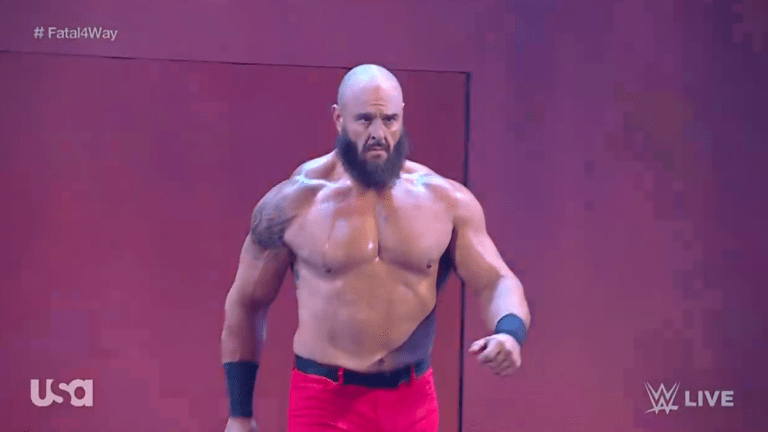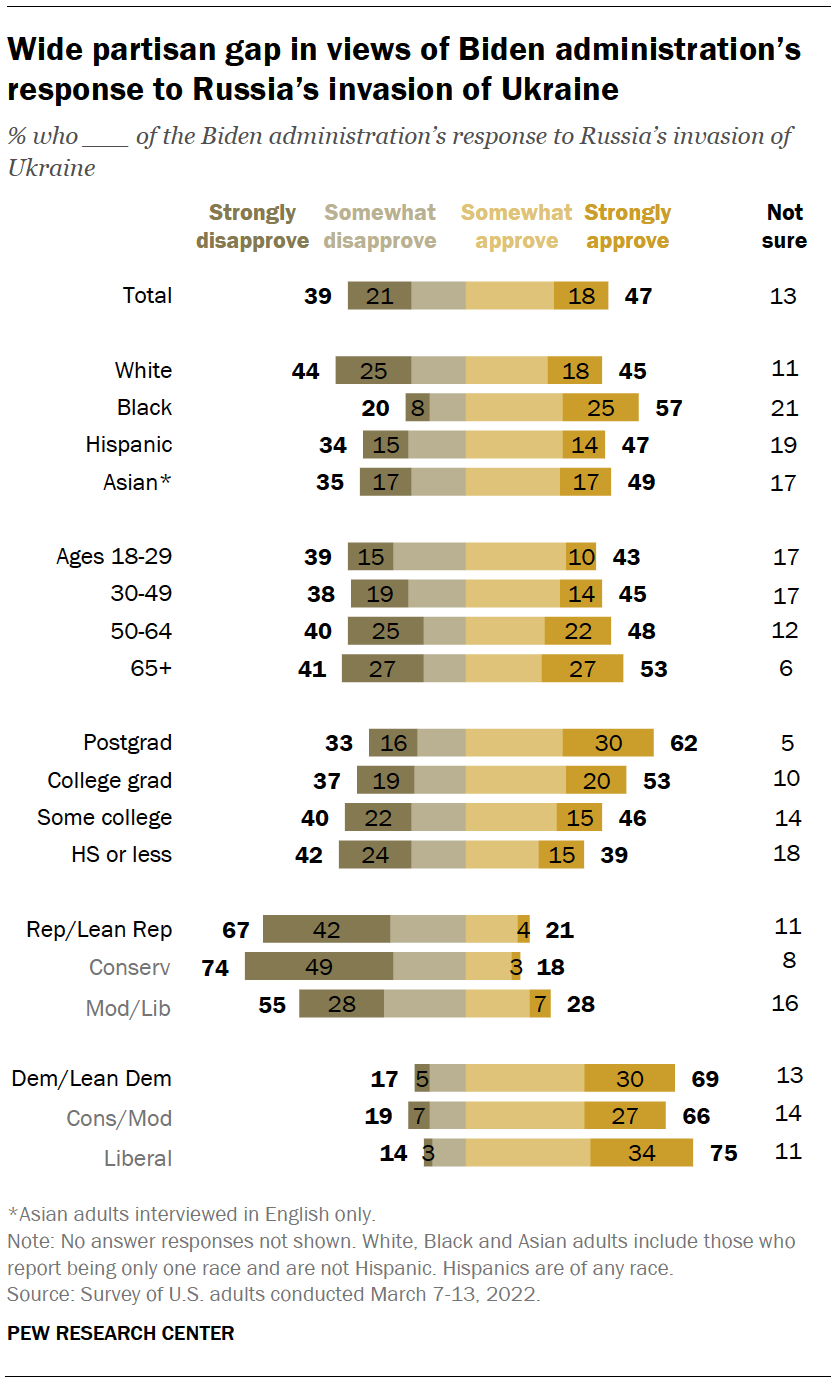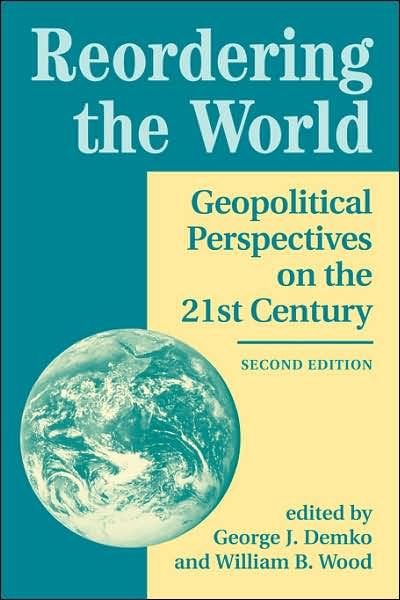Table of Contents
Vladimir Putin, the enigmatic leader of Russia, has been a prominent figure in international politics for more than two decades. Throughout his tenure as Russia’s president and later as its prime minister, the media has played a pivotal role in shaping global perceptions of him. However, the portrayal of Putin in the media is far from monolithic. It varies widely, reflecting the biases and perspectives of different news outlets and geopolitical interests. In this article, we will delve into the complex world of media coverage of Vladimir Putin, examining the biases and perspectives that have colored his image on the international stage.
Vladimir Putin, the enigmatic leader of Russia, has indeed left an indelible mark on the global political stage for over twenty years. From his early days as Russia’s president to his later role as prime minister and return to the presidency, Putin’s presence has consistently captured the world’s attention. His actions, policies and persona have been scrutinized, analyzed and critiqued by media outlets worldwide. In this time, the media has emerged as a potent force in shaping the perceptions and narratives surrounding Putin’s leadership. However, it is vital to recognize that the portrayal of Putin in the media is anything but monolithic; it is a diverse tapestry woven from the distinct biases and perspectives of various news outlets and it is heavily influenced by ever-shifting geopolitical interests.
Putin’s leadership has been characterized by a complex interplay of domestic and international dynamics. He has overseen a resurgence of Russian influence on the global stage, often challenging the dominance of Western powers. This has led to a divided media landscape where Western outlets tend to view Putin through the lens of skepticism, focusing on his perceived autocratic tendencies and alleged human rights abuses. The “strongman” narrative has become a recurring theme, painting Putin as a leader who undermines democracy and suppresses dissent. While these concerns should not be dismissed, they do not provide a complete picture of the man and his leadership.
On the other side of the spectrum, Russian media presents a very different perspective. In this narrative, Putin is portrayed as a patriotic leader who has restored Russia’s pride and sovereignty. Russian media outlets emphasize the stability and economic growth experienced under Putin’s leadership, downplaying criticisms of election processes and human rights issues. The Russian media’s portrayal of Putin often aligns with the government’s agenda, making it crucial to consider state influence when analyzing these perspectives.
However, it would be overly simplistic to view this media divide as a mere binary opposition. The portrayal of Putin is influenced not only by national interests but also by global geopolitical factors. Countries and organizations worldwide have varying stakes in their relationship with Russia. Some Eastern European states, with historical tensions and concerns about Russian influence, tend to be highly critical of Putin. Conversely, countries like China and select Middle Eastern nations maintain more favorable relations with Russia and consequently present Putin in a positive light.
Furthermore, the media’s portrayal of Putin is not static; it is subject to change with shifting global dynamics. Tensions between Russia and the West, such as those seen in the Ukraine conflict, often result in a more critical Western media stance. Conversely, periods of détente and diplomatic negotiations can lead to a more balanced or even positive portrayal of Putin.
In an era where information flows freely across borders, it is imperative for consumers of news to practice media literacy. Understanding the biases and perspectives that shape media coverage is crucial for forming a well-informed opinion on complex geopolitical matters. To grasp the full spectrum of Vladimir Putin’s leadership and the policies he represents, it is essential to approach media coverage with discernment, seek diverse sources and critically assess the broader geopolitical context. Only then can we begin to unravel the complexities of the enigmatic leader who has dominated international politics for more than two decades.
For additional details, consider exploring the related content available here Press Coverage of the Refugee and Migrant Crisis in the EU: A …
Western Media: The “Strongman” Narrative
In Western media, Putin is often portrayed as a strongman with authoritarian tendencies. This perspective tends to highlight his strong grip on power, the suppression of political opposition and alleged human rights abuses. These portrayals often come from a Western democratic standpoint that values liberal principles and individual freedoms. The image of Putin as an autocrat serves to reinforce the idea that Russia is a geopolitical adversary to the West, justifying policies such as sanctions and NATO expansion.
While there is undoubtedly merit to some of these concerns, it’s essential to recognize that this perspective can sometimes oversimplify the complexities of Russian politics and society. Putin’s popularity in Russia, despite criticism from the West, suggests that he enjoys significant domestic support, which is seldom fully explored in Western media narratives.
Additionally, you can find further information on this topic by visiting this page: Breaking Down Democracy: Goals, Strategies, and Methods of …

Russian Media: The Patriot and Protector
On the other side of the spectrum, Russian media portrays Putin as a patriotic leader who protects the interests of the Russian state. In this narrative, Putin is seen as a stabilizing force who has brought economic growth and a sense of national pride back to Russia after the tumultuous years following the collapse of the Soviet Union. Russian media often downplays criticisms of Putin’s administration and emphasizes his role in preserving Russian sovereignty in the face of perceived Western encroachment.
This perspective tends to ignore or dismiss allegations of election manipulation, media censorship and human rights abuses in Russia. It is crucial to remember that Russian media is often tightly controlled or influenced by the state, which limits the diversity of voices and opinions presented to the public.
Explore this link for a more extensive examination of the topic: Terrorists Are Always Muslim but Never White: At the Intersection of …

Global Geopolitical Perspectives
Geopolitical factors also play a significant role in shaping how Putin is portrayed in the media. Countries and organizations have varying interests in Russia and these interests influence the way they depict Putin. For example, former Soviet states in Eastern Europe tend to be highly critical of Putin due to historical tensions and concerns over Russian expansionism. In contrast, some countries, such as China and certain Middle Eastern states, maintain positive relations with Russia and are more likely to present Putin in a favorable light.
Additionally, Western media’s portrayal of Putin can be heavily influenced by the political climate and priorities of the moment. During times of heightened tension between Russia and the West, such as the conflict in Ukraine, the media may adopt a more critical stance, emphasizing the “strongman” narrative. Conversely, periods of détente may see a more balanced or even positive portrayal of Putin.
Should you desire more in-depth information, it’s available for your perusal on this page: Media in the Geopolitical Crossfire: Identification and Novel Data …

The Need for Critical Media Literacy
In an era of information overload, it is essential for consumers of news to approach media coverage of Putin and any other world leader, with a critical eye. Recognizing the biases and perspectives of different news outlets is the first step towards a more nuanced understanding of complex geopolitical issues. It is also important to seek diverse sources of information and consider multiple viewpoints to form a well-rounded perspective.
In our contemporary age, where the deluge of information can be overwhelming, honing critical media literacy skills is paramount. This holds especially true when examining media coverage of prominent world leaders like Vladimir Putin. Here’s an extended exploration of this imperative:
Filtering Through Biases: Media outlets, both domestic and international, often come with inherent biases shaped by their political affiliations, ownership or editorial stances. Recognizing these biases is the first crucial step in deciphering media portrayal. Being aware of whether a source tends to be more pro or anti-Putin can help you contextualize the information you consume.
The Nuanced Lens: Complex geopolitical issues, such as Russia’s actions on the global stage, require a nuanced perspective. Relying solely on one news outlet’s interpretation can result in an oversimplified understanding. To grasp the full picture, it’s vital to consult multiple sources with varying viewpoints. This approach allows for a more comprehensive and well-rounded perspective, helping to fill in the gaps left by any single source’s limitations.
Fact-Checking and Verification: In an era of rapidly spreading misinformation and disinformation, fact-checking is indispensable. Verify the information you encounter from different sources to ensure its accuracy. Fact-checking organizations and independent investigative journalism can provide valuable insights into the credibility of news stories.
Diverse Sources and Global Perspectives: Expanding your sources beyond your immediate region or country is essential. Seek out international news outlets, perspectives from different cultural backgrounds and alternative media sources. This diversity can help counteract the echo chamber effect and provide a more global viewpoint on Putin and Russia.
Historical Context: Understanding the historical context of Russia’s relationship with the world and Putin’s leadership is key to interpreting current events. Historical factors often influence media narratives, so having a grasp of the past can shed light on present-day coverage.
Media Literacy Education: Encouraging media literacy education at schools and in communities is essential. Teaching critical thinking skills, fact-checking techniques and the ability to discern credible sources from unreliable ones equips individuals to navigate the information landscape effectively.
Engaging in Dialogue: Engaging in informed discussions with peers, family and colleagues can further enhance your understanding. Sharing perspectives and critically evaluating different viewpoints can lead to more profound insights and a more comprehensive understanding of complex issues.
Media Ethics and Accountability: Hold media organizations to high ethical standards by demanding accuracy, fairness and transparency. Encourage responsible journalism and support outlets that adhere to these principles.
In conclusion, in our information-saturated world, approaching media coverage of global leaders like Putin with discernment and critical thinking is imperative. It’s not just about consuming information but actively engaging with it, questioning it and seeking a broader range of voices and perspectives. By doing so, we become better-informed citizens capable of navigating the complexities of our interconnected world.
For a comprehensive look at this subject, we invite you to read more on this dedicated page: Teaching beyond verifying sources and “fake news”: Critical media …

The media’s portrayal of Vladimir Putin is far from uniform, reflecting the biases and perspectives of different news outlets and geopolitical interests. Western media often emphasizes his authoritarian tendencies, while Russian media portrays him as a patriotic protector. Global geopolitical factors further shape these portrayals, leading to a complex and multifaceted image of Putin in the international arena. To truly understand the man and his policies, it is crucial to critically evaluate the information presented by the media and consider the broader geopolitical context.
The media’s portrayal of Vladimir Putin is indeed far from uniform and it provides a fascinating lens through which to examine the interplay of bias, perspective and geopolitical interests in shaping public perceptions of political leaders. The diverse portrayals of Putin in the media underscore the complexities of his leadership and the varying lenses through which he is viewed.
Western media outlets often highlight what they perceive as authoritarian tendencies in Putin’s leadership. They frequently report on restrictions on political dissent, limitations on press freedom and concerns about human rights in Russia. This critical stance is in part a response to events such as the annexation of Crimea and allegations of interference in Western elections, which have strained relations between Russia and Western nations. Consequently, Western media may frame Putin’s actions within a context of geopolitical rivalry and competition.
In contrast, Russian media tends to depict Putin as a patriotic protector of the nation’s interests. Putin’s leadership is often presented as a stabilizing force in a country that experienced significant political and economic turmoil in the 1990s. Russian media outlets may focus on his efforts to bolster the country’s sovereignty and restore its global influence. This portrayal aligns with the government’s narrative of Russia as a strong and respected global player.
Global geopolitical factors further complicate these portrayals. The state of international relations, ongoing conflicts and economic ties can all influence how Putin is portrayed on the world stage. During periods of tension between Russia and Western nations, the media’s coverage of Putin may become more critical, emphasizing areas of disagreement and conflict. Conversely, during periods of diplomatic cooperation, media narratives may highlight areas of collaboration and mutual interest.
To truly understand Vladimir Putin and his policies, it is essential for individuals to engage in critical media analysis and consider the broader geopolitical context. This means being aware of the potential biases of different media outlets and seeking a variety of perspectives on the same issues. It also involves recognizing that political leaders, including Putin, are complex figures shaped by a multitude of factors, including historical events, domestic politics and international relations.
Moreover, informed and critical media consumption empowers individuals to navigate the digital age’s information abundance. It allows them to distinguish between credible sources and disinformation, promoting a more informed and nuanced understanding of complex global issues.
In conclusion, the portrayal of Vladimir Putin in the media is a reflection of the diverse perspectives, biases and geopolitical interests at play. To gain a comprehensive understanding of Putin and his policies, it is crucial to critically assess media coverage and consider the broader geopolitical dynamics shaping his image on the international stage.
Additionally, you can find further information on this topic by visiting this page: Background to “Assessing Russian Activities and Intentions in …
More links
Additionally, you can find further information on this topic by visiting this page: Analysis – Rating The Media’s Performance | The O.j. Verdict …
